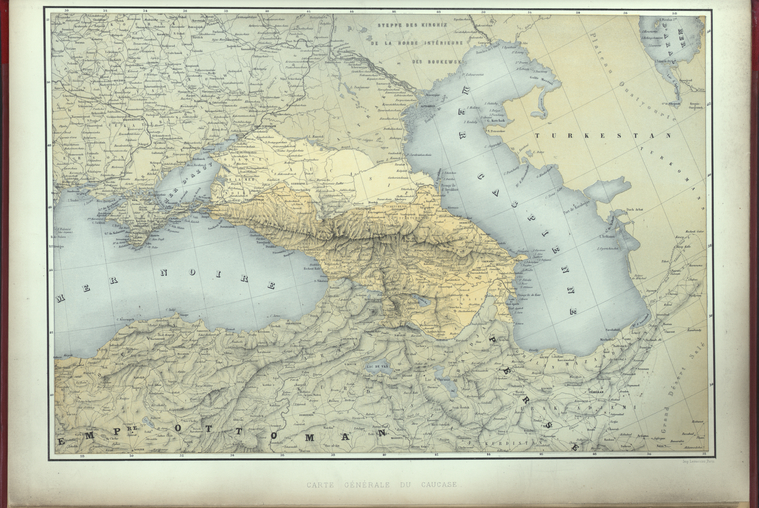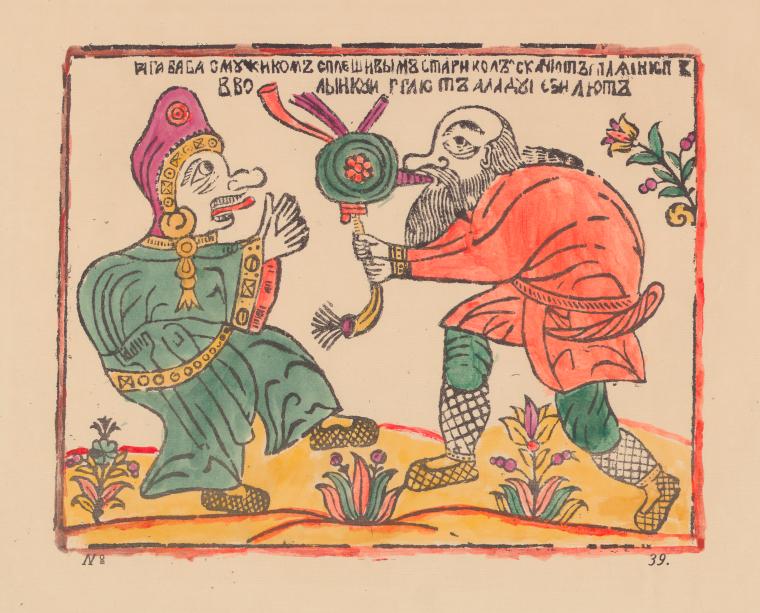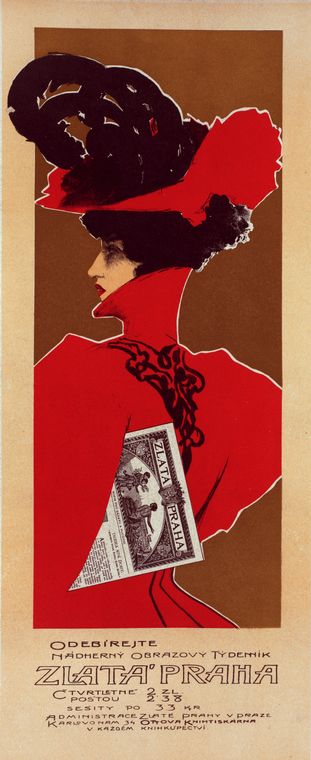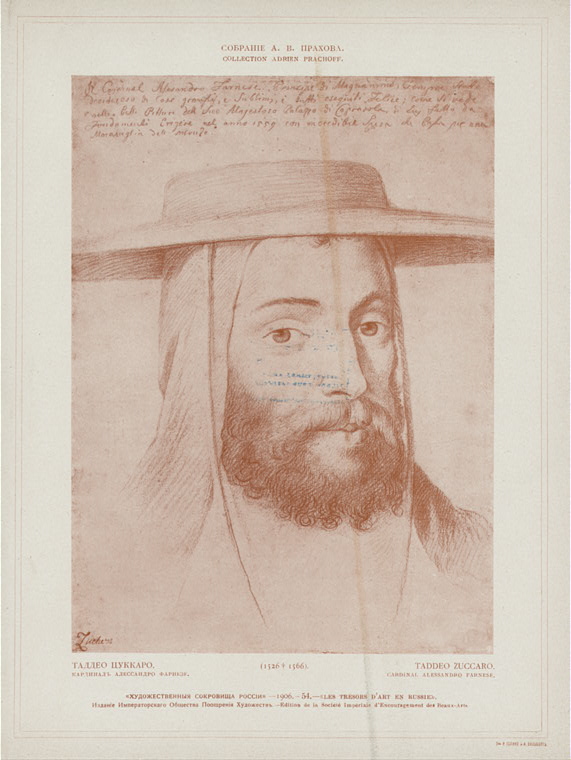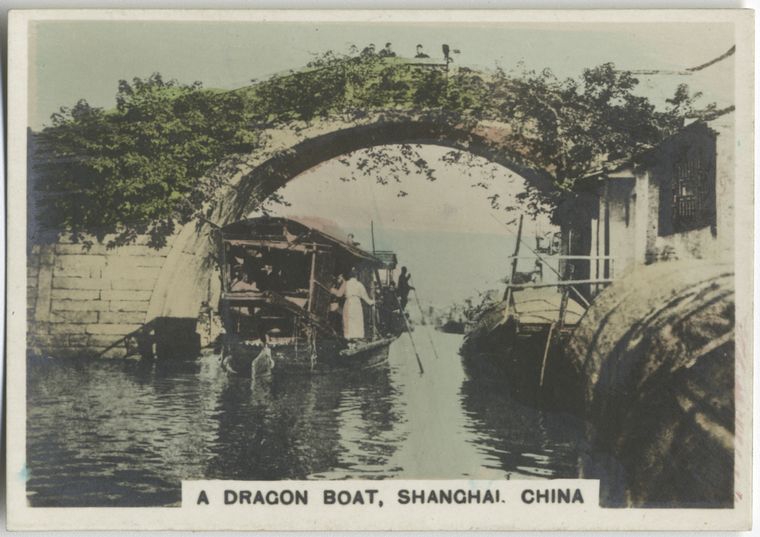NYPL Researcher Spotlight: Thomas Ort
by Bogdan Horbal, Curator for Slavic & East European Collections, Stephen A. Schwarzman Building
February 11, 2022
Ort has been researching a new book project tentatively entitled "The Afterlife of a Death: Meaning, Memory, and the Assassination of Reinhard Heydrich."
Armenian-Georgian Relations, 1918 to 1920
by NYPL Research Fellow
February 1, 2022
Ani G. Ohanian a Doctoral Candidate at Clark University was a short-term research fellow at NYPL researching relations between the Bolsheviks and Kemalists in the South Caucasus.
Researcher Spotlight: Oksana Lebedivna
by Bogdan Horbal, Curator for Slavic & East European Collections, Stephen A. Schwarzman Building
November 15, 2021
"My research centers on sound changes since Common Slavic and how they are reflected in one of the Slavic dialects which demonstrates archaic language features."
Doc Chat Episode Thirty-Five: Photographing Migration and Ethnicity at Ellis Island
by Julie Golia, Curator of History, Social Sciences, and Government Information, Stephen A. Schwarzman Building
November 8, 2021
In this episode Bogdan Horbal of NYPL and Smoki Musaraj of Ohio University, discussed photographer Lewis Wickes Hine's celebration of ethnic and cultural diversity as a manifesto against rising prejudice and discrimination against specific groups of immigrants.
Catherine II’s Altar Gospel Graces the Polonsky Exhibition of The New York Public Library’s Treasures
by Bogdan Horbal, Curator for Slavic & East European Collections, Stephen A. Schwarzman Building
September 24, 2021
The splendidly decorated Altar Gospel, prepared by command of Catherine the Great, Empress of Russia, was likely a benefaction to the Saint Alexander Nevsky Monastery in St. Petersburg.
Migrants, Travelers, and Storytellers: Albanian-American Encounters in the Early 20th Century
by NYPL Research Fellow
September 2, 2021
A guest post by Smoki Musaraj, Associate Professor of Anthropology at Ohio University, who spent time at NYPL as a Short-Term Fellow.
Adapting and Commodifying Slavic Folklore in Russia and the West
by NYPL Research Fellow
August 24, 2021
NYPL's extensive collection of translations of Slavic folk and fairy tales shows a longstanding fascination with Slavic folklore in Russia and the West that the current young adult and popular markets are expanding upon.
The Library Acquires a Collection of Russian Zines
by Bogdan Horbal, Curator for Slavic & East European Collections, Stephen A. Schwarzman Building
August 13, 2021
22 Russian zines, most published within the last five years, have been added to our collections. They cover a wide spectrum of topics from politics, feminism, housing development, cats, and much more.
Digitized Imperial Russian Newspapers Now Available via the Global Press Archive
by Bogdan Horbal, Curator for Slavic & East European Collections, Stephen A. Schwarzman Building
June 28, 2021
The Imperial Russian Newspapers collection comprises out-of-copyright newspapers spanning the eighteenth, nineteenth, and early twentieth centuries, up to the 1917 Bolshevik Revolution.
Digitized Slavica: Zlatá Praha
by Bogdan Horbal, Curator for Slavic & East European Collections, Stephen A. Schwarzman Building
December 2, 2020
Zlatá Praha was a Czech illustrated magazine that was first published in 1864-1865 and later in 1884-1929. Almost all of its content has been digitized.
Digitized Slavica: Uwagi Tygodniowe Warszawskie
by Bogdan Horbal, Curator for Slavic & East European Collections, Stephen A. Schwarzman Building
October 26, 2020
Uwagi tygodniowe warszawskie was the first Polish periodical fully dedicated to the subject of agricultural development. Only 52 weekly issues were published (1768-1769). The NYPL's copy carries the handwritten notes of the previous owner(s) and some parts of the text are underlined in red pencil.
Scholarly E-Books in Russian Now Available
by Bogdan Horbal, Curator for Slavic & East European Collections, Stephen A. Schwarzman Building
September 25, 2020
We've begun a pilot project to acquire scholarly e-books in Russian on topics such as history, politics, international relations, religion and philosophy, biographies, literary criticism, and reference sources.
N. Kymmel: An Early Supplier of Books from Russia
by Bogdan Horbal, Curator for Slavic & East European Collections, Stephen A. Schwarzman Building
June 23, 2020
N. Kymmel was a bookstore, a publishing house, and an antiquarian book dealer based in Riga (Russian Empire, later Latvia). The NYPL started purchasing books from it soon after establishing the Slavonic Division in 1899.
NYPL Researcher Spotlight (WFH edition): Prof. Yasha Klots
by Bogdan Horbal, Curator for Slavic & East European Collections, Stephen A. Schwarzman Building
June 8, 2020
Like many of us, Klots' research routine has pivoted to materials he can access from his home office.
Digitized Slavica: Khudozhestvennyia sokrovishcha Rossii
by Bogdan Horbal, Curator for Slavic & East European Collections, Stephen A. Schwarzman Building
April 20, 2020
Khudozhestvennyia sokrovishcha Rossii [Artistic Treasures of Russia] is one of the best Russian periodicals on art from the beginning of the 20th century.
Novoe Ruskoe Slovo Now Available in Digital Format
by Bogdan Horbal, Curator for Slavic & East European Collections, Stephen A. Schwarzman Building
April 16, 2020
The digital archive includes over 40,000 pages with full page-level digitization, complete original graphics, and keyword searchable text.
The Jews of Shanghai: Uncovering the Archives and Stories
by Raymond Pun
March 28, 2013
"Life was difficult in Shanghai, but infinitely better than anything they had left behind. From lower-middle-class comfort, the Tobias family was reduced to poverty but not to starvation. There was always food, always something to eat, always shelter even when the Jewish community was ghettoized shortly after Pearl Harbor. Thus even under terribly difficult conditions Moses Tobias was able to take care of his family but under the Nazis the conditions of the Jews were far worse than merely 'terribly difficult.'
"Shanghai was a multiethnic city and the
Short-Term Research Fellows: A Closer Look at Tatar-Language Pamphlets
by Gary Guadagnolo, Short-Term Research Fellow
July 25, 2012
Russia — what does it make you think of? Cold winters, fur hats, vast forests, and perhaps some vodka and caviar? As a Russian historian in training, I want to help people understand that Russia is much more complex than these simple images suggest,
Islam in Europe: A Resource Guide at NYPL
by Raymond Pun
December 15, 2011
According to the BBC News, "Islam is widely considered Europe's fastest growing religion, with immigration and above average birth rates leading to a rapid increase in the Muslim population." There are currently over 15 million Muslims (Sunni and Shiite) living in Europe and Islam is currently the second largest religion in the world after Christianity.
This blog post will focus on NYPL’s rich collection on the history of Islam in Europe: past and present; the historical, political, cultural, and
Sneak Preview: Special Collections in Progress
by Katerina Dimitriadou-Shuster
March 11, 2011
Miniature children's booksI might be old school, but my favorite way of picking what to read, watch, listen, or even do research on, is by browsing. Letting inspiration be a part of what I learn next. Unfortunately, browsing is out of the question when one deals with closed stacks, offsite storage, and of course special collections.
As a Specialist in the Library’s Special Formats Processing department, what my colleagues and I mostly work on making available to the public is exactly the kinds of materials one cannot find on the open shelves.
Recently,
 With your library card, it's easier than ever to choose from more than 300,000 e-books on SimplyE, The New York Public Library's free e-reader app. Gain access to digital resources for all ages, including e-books, audiobooks, databases, and more.
With your library card, it's easier than ever to choose from more than 300,000 e-books on SimplyE, The New York Public Library's free e-reader app. Gain access to digital resources for all ages, including e-books, audiobooks, databases, and more.
